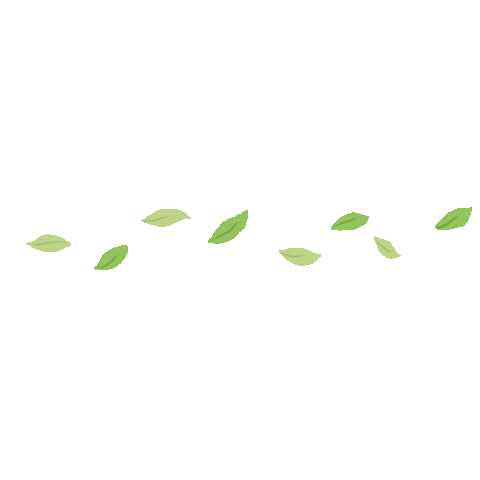

Printable PDF with a wonderful poster, activities and more
Parents & Teachers


Great Activities


🌱 Activity: “From Seed to Plant”
Sensory Activity – Hands in the Soil
Tactile and sensory exploration:
Children will choose a seed (e.g., bean, corn, or sunflower), observe its shape, texture, and color. Then they will plant it in a small pot with soil, using their hands to feel the moist earth, the weight of the seed, and the coolness of the water as they water it.
Each child will label their pot with their name and take care of their plant daily (watering, observing growth, providing sunlight).
Seed Life Cycle – Understanding the Cycle
Children will learn that plants have a life cycle that begins with a seed, followed by germination, then growth, flowering, pollination, and finally, the production of new seeds.
Use images or a simple diagram to show this cycle visually while they observe the growth of their own plants.
Intellectual Activity – Growth Journal
Each child will keep a small illustrated journal where they will record, through drawings or words (depending on their age), their daily or weekly observations: Has the seed sprouted? How many leaves are there? What changes do they notice?
This encourages observation, writing, drawing, and the ability to connect what they see with what they’ve learned about the plant life cycle.

🌾 Background Agricultural Connections – Understanding Agriculture
Seeds don’t just grow in gardens or pots—they also grow in large fields where farmers work every day! Everything we eat that comes from a plant—such as fruits, vegetables, grains, and even drinks like juice or tea—starts as a tiny seed.
Farmers are the people who grow these seeds. They prepare the soil, plant the seeds, water them, protect the plants from pests and disease, and then harvest the fruits or vegetables when they are ready. All of this is part of a very important system called agriculture.
By learning to care for a plant, children begin to understand that food doesn’t just magically appear in the grocery store—it comes from a natural, time-consuming process that begins in the field. This activity also opens the door to conversations about:
-
Caring for the environment: Farmers who use sustainable practices help protect water, soil, and air while growing food.
-
Respect for food: Seeing how much time and effort it takes for a seed to become food teaches children to value what they eat.
-
Connection with nature: Planting and nurturing a seed helps children feel closer to the earth and understand how all living things depend on each other.
This activity doesn’t just teach science—it builds a real-world connection with the people and processes that make our meals possible every day.

